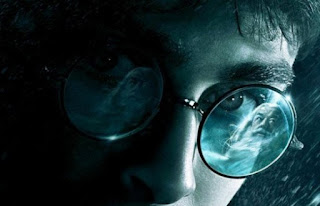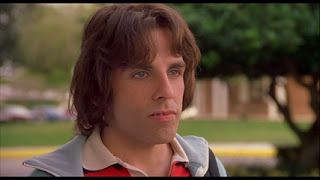10 shot types
In this article, I have learned the basic 10 shot types that most used in filmmaking which are close up, extreme close up, high angle, long, medium, over the shoulder, establishing1. Close up shot: a shot that keeps only the face full in the frame. Here is an example of close up of actor Robert Downey Jr. in Marvel's The Avengers.
2. Extreme close up: a shot that is so close that show the detail of the particular part of the subject.
Extreme close up of the character Harry Porter in Harry Porter
3. High angle shot: show the objects from above and make the objects look week or frightened.
High angle shot in Marvel's The Avengers.
4. Long shot: the shot used to set the scene in a film. Here is a long shot in Mr Bean's Holiday.
5. Medium shot: a shot in which the subject is in the middle distance, allow some of the backgrounds to be seen. For example a medium shot of the character Loki in The Avengers:
6. Over the shoulder: is a way to film dialogue between two or more characters in the film. It is easy to shoot with 1 or 2 cameras point to the subject in the line of action to get the best shot. Here is how the over the shoulder shot setup with 2 cameras:
And an example of the dialogue between 2 characters Summer and Tom Hansen in "500 days of Summer"
7. Bird's eye shot: a shot looking directly down on the subject.
8. Point of view shot: to show what the character is looking at which represented by the camera.
An example of a Point of View shot from Harry Potter & The Deathly Hallows Part 1. This is an extremely clever way to use a POV, as it uses the mirror to show both what the character is seeing, and what his expression is.
9. Low angle: opposite with the high angle shot, this angle shows the objects from beneath and makes the objects look powerful
Mark Wahlberg in Transformers: Age of Extinction
10. Two-shot: A scene shot with the camera positioned to observe two actors. Here is a two-shot in the film TED.
10 shot types video















